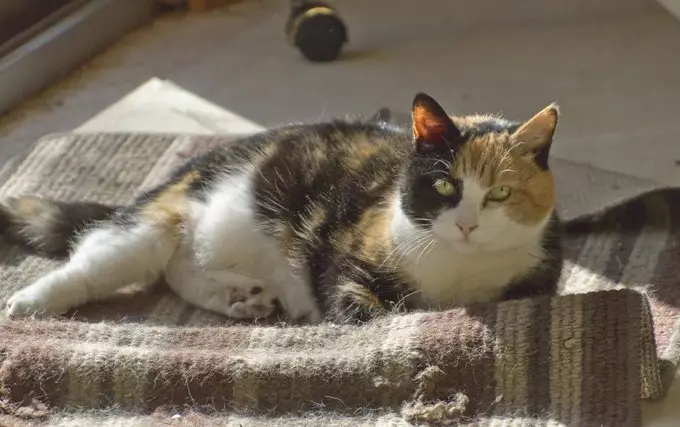As pet owners, we often find ourselves amid a flurry of fur, especially during certain times of the year. This shedding season, while seemingly a natural occurrence, raises questions regarding its underlying causes. Cats, like many animals, shed their fur for multiple reasons, and understanding these reasons is crucial for maintaining your feline’s health and your home environment. While some cats are simply more predisposed to shedding due to their breed or environmental factors, excessive hair loss can signal something more serious, urging pet owners to investigate further.
To differentiate between normal shedding and issues requiring attention, it’s essential to consider various factors. Cats usually shed old and dead hair to make way for new growth, a physiological process that varies based on factors like breed, climate, and lifestyle. For instance, outdoor cats often shed more dramatically in the spring as they transition from a winter coat, while indoor cats may shed year-round due to constant artificial environments. However, if you notice an uptick in shedding or bald patches, it’s advisable to consult a veterinarian—this change could be indicative of a health concern.
The living environment plays a significant role in how much a cat sheds. Indoor cats often experience different stressors than outdoor cats, and this stress can manifest as excessive shedding. Additionally, a cat’s diet greatly influences its skin health and coat condition. Cats require a balanced diet rich in essential nutrients such as omega fatty acids, vitamins, and minerals. A lack of these nutrients can lead to skin issues and ultimately, increased shedding. Always ensure that your cat’s food is high quality and suited for their specific needs.
Stress is another often-overlooked factor in cat shedding. Cats can experience stress due to a variety of circumstances—changes in their environment, the introduction of new pets or family members, and even jealousy can trigger this reaction. It’s crucial for pet owners to recognize signs of stress in their cats and find ways to alleviate it, whether through enriched environments, playtime, or providing safe spaces for the cat to retreat.
Allergies can also be a notable cause of excessive shedding. They may stem from various sources such as pollen, dust mites, food ingredients, or even parasites like fleas. Cats are susceptible to both contact allergies and those from inhaled allergens. Understanding and identifying these allergens can help mitigate shedding related to allergic reactions. For persistent allergies, involving a vet can provide access to medications such as antihistamines, which can assist in managing symptoms.
Beyond environmental factors, certain medical conditions may lead to increased shedding. Hormonal disorders like hyperthyroidism can significantly impact fur condition and lead to heightened hair loss. Other health issues, such as feline Cushing’s syndrome and bacterial skin infections, can also contribute to a cat’s shedding. Regular veterinary check-ups can help catch these issues early, ensuring your furry friend stays healthy and comfortable.
Once you address the underlying causes of shedding, proper grooming practices become essential in reducing the amount of fur scattered in your home. Regularly brushing your cat not only helps remove loose hair but also unclogs any dirt or debris from their coat. Establishing a routine—such as brushing 2-3 times a week—can significantly improve your cat’s coat health while keeping your living area cleaner.
Ultimately, understanding the reasons behind your cat’s shedding can help you manage their grooming needs more effectively. The primary takeaways include ensuring your cat has a balanced diet, minimizing stress, identifying potential allergens, and providing regular grooming. Additionally, adaptations like using lint rollers or specialized grooming tools can assist in combating the fur problem in your home. By taking proactive steps, you can improve your cat’s health and enhance the overall environment for both you and your furry companion.
